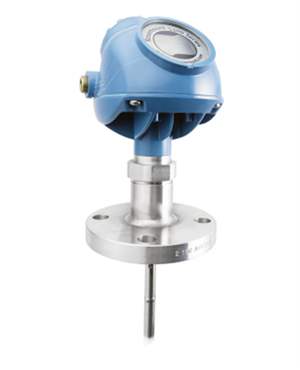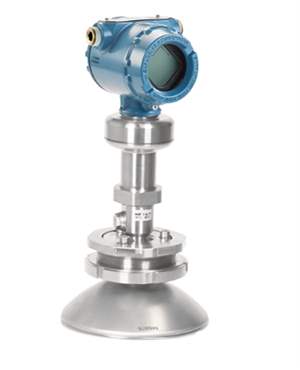- Electronic Transmitters
- Low Pressure Transmitter
- Pneumatic Transmitters
- Pressure Transmitters
- Temperature Transmitters
- Level Transmitters
- Wireless Transmitters
- Multivariable Transmitters
- Gauge Pressure Transmitters
- Flow Transmitters
- Inline Pressure Transmitter
- Coplanar Transmitters
- Differential Pressure Transmitters
- Absolute Pressure Transmitters
- Continuous Level Measurement
- Transducer
- Control Valves
- Controllers / Positioners
- Gauges
- Sensors
- Thermocouples and Thermocouple Assemblies
- Level switches
- RTDs-Resistance Temperature Detectors
- Instrument Manifold
- Accessories
- Wire Products
- Wireless Products
- Detectors
- Miscellaneous products
- Alarms and signaling devices
- Gas Detectors
- Gas Monitoring Systems
- Flame Detectors
- Hart communication tool
- Hydrostatic level probes
- Displays / Digital indicators
- Diaphragm seals
- Thermowells
- Thermometers
- Power supplies, Isolators, Signal converter
- Automotive Equipment
- Signal generators
- Data-loggers, Recorders
- Humidity and Temperature Transducer
QUICK ENQUIRY
Level Transmitters
Level measurement is very important in the process industry. Inaccuracies in level measurement may cause severe damages ranging from failed equipment to low-quality output, or even loss of lives. Hence, nowadays, a wide range of level measurement technologies are employed by plant operators to measure the level of gas or liquid accurately. Level transmitters are the most popular level measurement devices used in the process industry. The Transmitter Shop (TTS) provides a variety of branded level transmitters to help its clients gain a better insight into their process, and minimize production errors.
Filter By
Level Transmitter Offerings at TTS
Following are some of the transmitters provided by TTS
-
Liquid Level Transmitters: These transmitters are used to measure liquid level in a process. The liquid level transmitters in our selection are safety certified, as well as allow the direct mounting. Many of these transmitters are equipped with advanced diagnostics, and Local Operator Interface (LOI), that allows easy off-site commissioning.
-
Scalable Advanced Level Transmitters: These transmitters are used for liquid level applications. The scalable advanced level transmitters provided by us help plant operators minimize their process variability, gain better process control, and meet compliance requirements. These transmitters are equipped with advanced diagnostic capabilities, and remote interface and display.
-
Point Level Measurement Transmitters: These transmitters help users control liquid levels, and easily manage various critical process functions. The point level measurement transmitters provided by us are designed for hard to reach locations. These systems provide reliable level measurements.
-
Tank Gauging Transmitters: The tank gauging transmitters are ideal for measuring levels of liquids, solids, and slurries in industrial tanks. We provide certified tank gauging transmitters, which are safety certified. Hence, these transmitters are the first choice for safety applications.
Know more about types of level transmitters in detail.
Benefits of Continuous Level Measurement Transmitters Offered by TTS
Following are some of the benefits of continuous level measurement transmitters provided by us.
-
All our transmitters are from industry-leading brands, and are equipped with enhanced diagnostics, which allows easy reading.
-
Various transmitters in our selection are provided with remote seals, which allow plant operators to remove them easily to avoid direct contact with various process fluids.
-
Our transmitters have explosion/flameproof Ex-approvals, which make them ideal for harsh environments. Also, many of our level transmitters are made from corrosion resistant materials such as Monel, SST, and Hastelloy.
Level Transmitters Troubleshooting Guidelines
We are there to assist you to fix all the level transmitter-related issues. However, here are some guidelines to troubleshoot the issues in level transmitters and fix certain issues on your own:
-
If your level transmitter is malfunctioning, the first thing you should do is disconnect it from the pressure source on an immediate basis. This is to avoid any damages including loss of human lives.
-
Check the voltage of the transmitter and ensure it has not exceeded than the upper limit mentioned by the manufacturer.
-
Check the insulation and wiring, and if the primary element is in a good condition. Also check for loose connections.
-
If there is little or no output, check the sensing element as well as the pressure source. The zero setting of the pressure source is important. Also, if there is a problem with the sensing element, then it may need a replacement.
-
Check for leaks and open valves. Make sure the valves are tightly closed, and the blocking valves are open.
-
Ensure there is no sediment, debris, or trapped gas inside the transmitter. There are sensing issues, which may occur due to clogging of sediments, debris, and so on.
-
Perhaps, you may be required to check the accuracy of the transmitter calibration.
-
Over pressuring is a common issue, and in this case the malfunctioning may be gradual and not sudden. There may be symptoms such as a distorted internal diaphragm. Do check for such changes.
-
At times, the transmitter’s communication with the field communicator may be hampered. In this case, you need to check if the output is as per the saturation levels, loop resistance, and terminal voltage levels.
-
If the transmitter does not show changes after applying pressure, then the test equipment could be at fault. However, also check for transmitter mode and impulse piping.
Industries Using Level Transmitters
We proudly serve a wide range of industries where level measurement is mission-critical:
- Cement: Used for monitoring slurry, raw material bins, and finished product silos. Helps avoid overfills and ensures consistent batching.
- Food Processing: Ensure hygienic and accurate liquid ingredient level control in mixing and storage tanks, complying with food-grade standards.
- Factory Automation: Enable automated refilling and inventory management by providing real-time level feedback in production lines.
- Packaging: Maintain consistent product flow by monitoring adhesive, ink, or fluid reservoirs used in automated packaging lines.
- Thermal Power: Measure condensate tanks, feedwater tanks, and fuel storage levels to prevent dry runs or overflow scenarios.
- Bottling: Used to monitor bottle wash tanks, syrup tanks, and beverage blending units for precise quality control.
- Pulp and Paper: Monitor levels in chemical dosing tanks, bleach towers, and pulp storage tanks to maintain continuous production.
- Chemical Processing: Track and control levels of hazardous and reactive chemicals with reliable level sensing technologies.
- Water and Wastewater: Support sewage treatment, effluent processing, and clean water storage using reliable liquid level sensors.
- Textiles: Used for managing dye baths, water tanks, and chemical dosing units to ensure uniform product quality.
- Oil and Gas: Measure separator tanks, crude storage, and condensate tanks, ensuring safety and regulatory compliance.
- Metals Processing: Control levels in cooling systems, smelting tanks, and chemical baths for precision metallurgy.
- Energy: Monitor battery electrolyte levels, transformer oil, and fuel reserves to ensure uninterrupted energy flow.
How Level Transmitters Enhance Operational Efficiency
In process-driven industries, operational efficiency relies heavily on accurate and continuous monitoring of fluid levels. A level transmitter plays a crucial role by providing real-time data that helps reduce process variability, prevent overflows, and optimize resource usage. Whether it's a liquid level transmitter for tank monitoring or a pressure level transmitter for high-pressure environments, these instruments ensure seamless control and automation across systems.
With different level transmitter types available—including radar, ultrasonic, and differential pressure—plants can choose solutions tailored to their specific application needs. A level indicating transmitter not only measures but also displays level data, enabling quick on-site decisions. These transmitters contribute to minimizing downtime, enhancing safety, and maintaining product quality—making them essential tools for improving process efficiency and plant productivity.
- Real-Time Monitoring and Control: Level transmitters deliver continuous, real-time measurement of fluid levels, allowing operators to make timely adjustments and maintain optimal process conditions. This helps reduce manual intervention and improve system responsiveness.
- Improved Safety and Risk Management: Devices like pressure level transmitters and liquid level transmitters help prevent overflows, dry runs, or hazardous spills—especially in critical or high-risk environments. Enhanced safety reduces unplanned downtime and ensures regulatory compliance.
- Versatility across Applications: With multiple level transmitter types available—such as radar, ultrasonic, and level indicating transmitters—industries can choose solutions that best fit their media, tank geometry, and process conditions. This flexibility supports a wide range of applications from food processing to oil & gas.
- Reduced Maintenance Costs: Modern transmitters are built with self-diagnostics, corrosion-resistant materials, and remote configuration features. These enhancements minimize manual checks and extend the equipment’s service life, reducing overall maintenance expenses.
- Enhanced Process Optimization: By integrating level data into control systems, transmitters support better resource planning, precise dosing, and inventory management. This ultimately drives productivity and lowers operational waste.
The Transmitter Shop offers end-to-end services and is a reliable distributor of various types of transmitters and related parts. Also, we facilitate your decision making by offering technical assistance. We make high-quality products and offer best prices, especially on bulk and wholesale purchases depending on your requirements. We stock a variety of brands of level transmitters made by recognized manufacturers. To discuss further details regarding our level transmitters, you can reach us on phone or email.
To know more about rosemount level transmitters, please contact us via phone +1-888-964-8837, or via email at [email protected].
Frequently Asked Questions on Level Transmitters (FAQ):
What is a level transmitter?
A level transmitter is a sensor used to measure the level of substances (liquid or solid) in a container and convert that data into an electronic signal for monitoring or control.
How many types of level transmitters are there?
There are several level transmitter types, including ultrasonic, radar, differential pressure (DP), capacitance, and magnetostrictive.
What are the different types of level measurements?
Level measurements can be continuous or point-based, using technologies like ultrasonic, radar, capacitance, float, or DP-based systems.
What is a liquid level transmitter?
A liquid level transmitter continuously measures the fluid level in tanks or vessels and outputs a proportional electronic signal.
What is a level pressure transmitter and how does it work?
A level pressure transmitter measures fluid level by detecting the pressure exerted by the liquid column in a tank. It converts this pressure into an electrical signal to provide an accurate level reading.
What is a liquid level sensor and how is it different from a level transmitter?
A liquid level sensor detects the presence or height of a liquid in a tank, while a level transmitter not only senses the level but also converts it into a standardized signal for remote monitoring or control. Level transmitters are typically used for more complex or continuous measurement needs.

.webp)
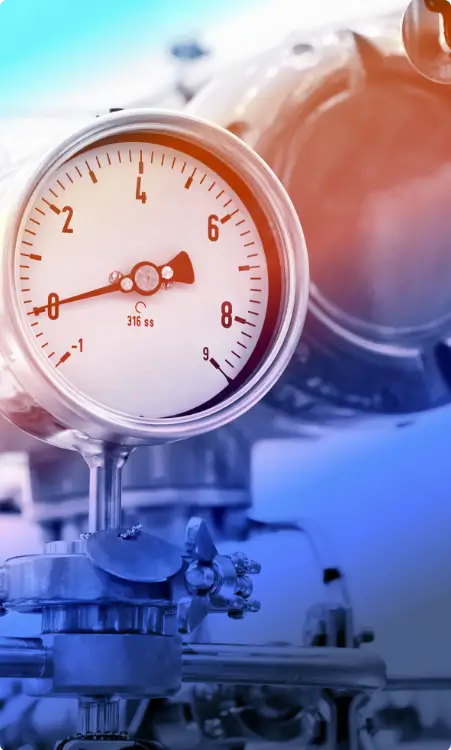
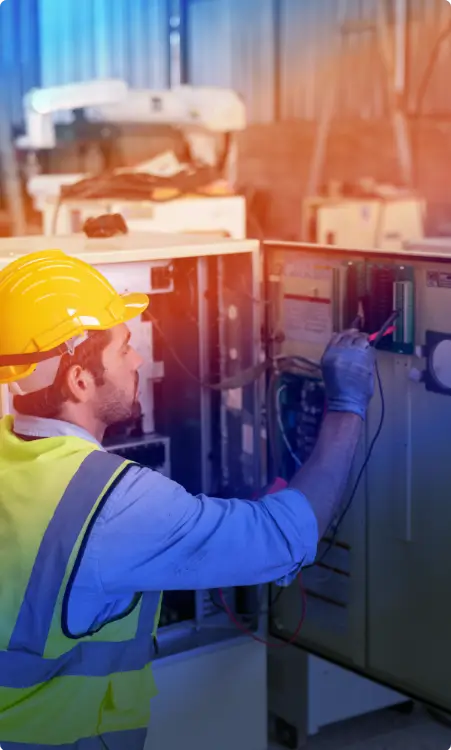
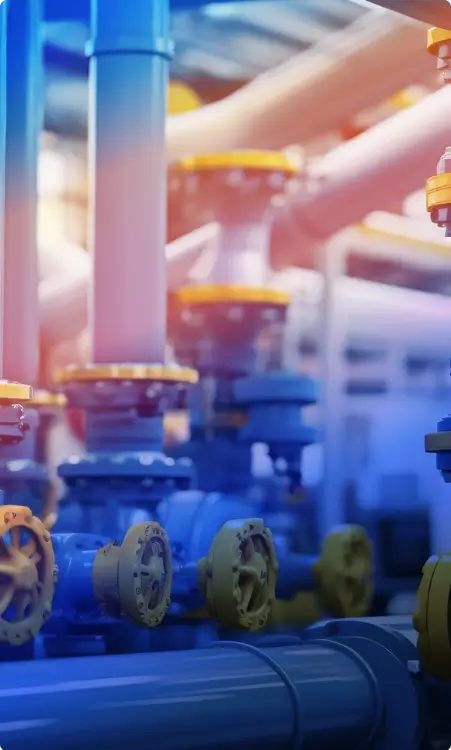
.jpg)
.jpg)
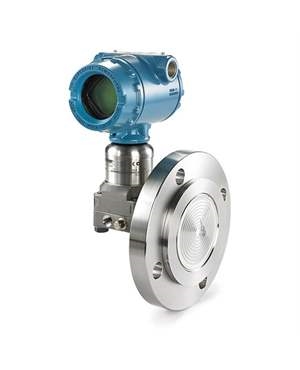
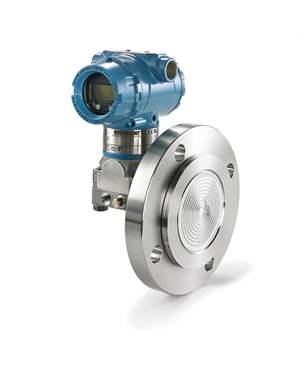
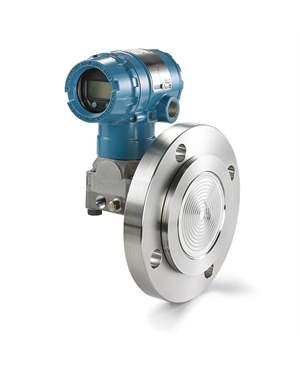
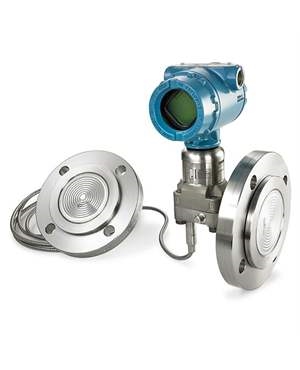
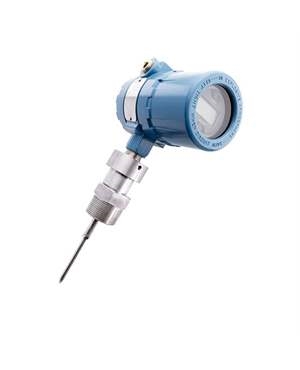
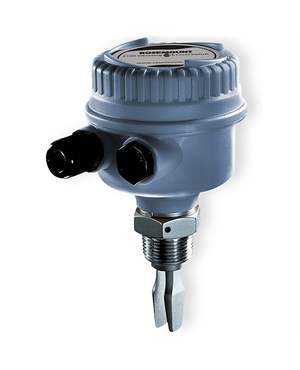
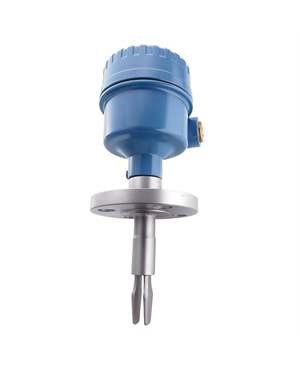
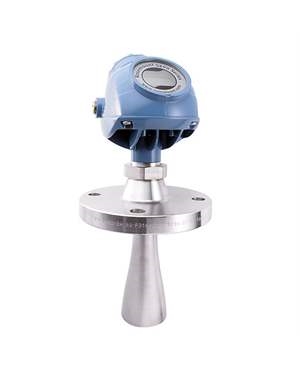
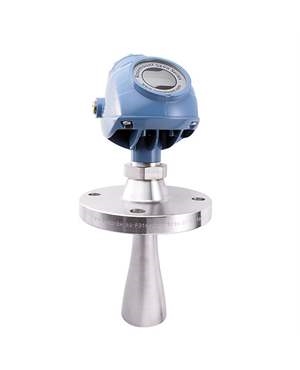
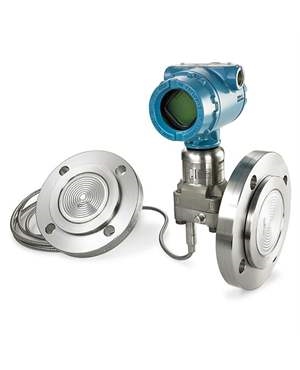
.jpg)
